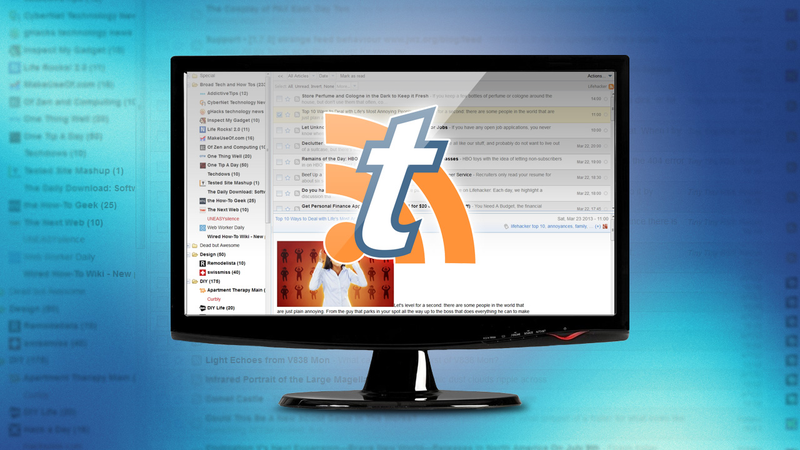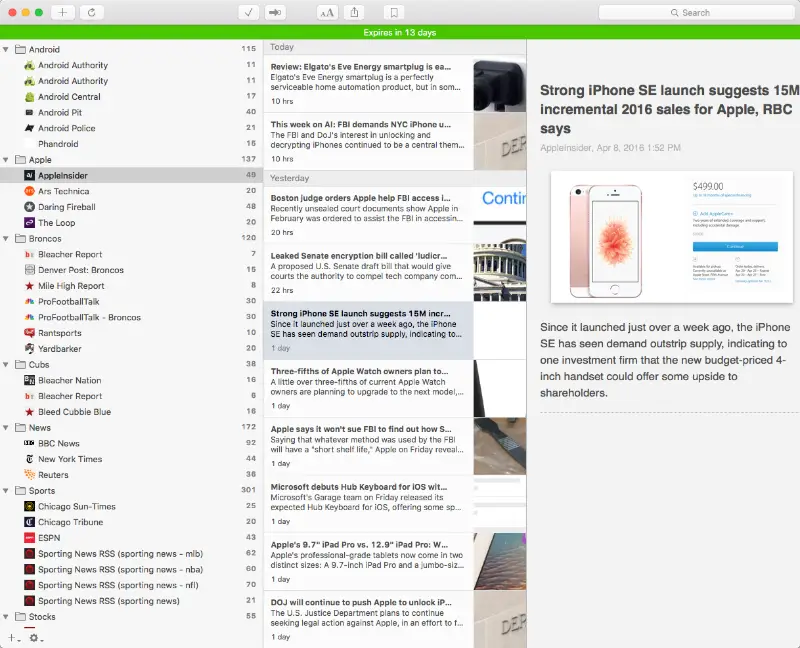

In this article, we discuss the PHP library, which has two built-in functions that will help us parse RSS in PHP, and a built-in function to help with the whole process. However, RSS is rarely popular nowadays, and the last stable release for the format was in 2009, 13 years ago.Īs with obtaining and reading JSON in PHP or parsing HTML, we can make use of built-in functions from PHP to obtain and parse RSS feeds in PHP. RSS ( Really Simple Syndication) was a popular feed that allowed early internet users to access website updates in a concurrent and consistent readable format, just like JSON is to APIs.

Php rss reader tutorial code#
We’ll use that to assign the feed URL to the class instance to allow our code to load the proper feed. This is the function that runs when the class is first instantiated. Next, we’ll create a constructor for the class. The variable $feed will hold the URL of the Flickr page we’re loading. Because this is a pretty simple class, we only need one: Now that we have our class, we need to declare all of the variables we’re going to need.

We start by creating a file named flickr.php and declaring the class flickr to contain all of our code:
Php rss reader tutorial how to#
But first, we need to tell our site how to handle this information. We want the URL of this page, which should look something like this: a moment we’ll use this URL to load our Flickr page into our website. This is not what we’re worried about, though. After you click it, you’ll get your browsers default RSS feed display, probably offering options to subscribe using a number of services. You’ll more than likely want to use the “Latest” option. The feed is located at the bottom of the main photostream, and it looks like this: Our first step is to find the RSS feed for our Flickr page. You’ll also need a server that supports PHP 5. I’m assuming for the purposes of this tutorial that you have a Flickr account, a basic understanding of PHP 5, and a good grasp on XHTML and CSS. When we’re done, it should look like this demo Flickr module. In this tutorial, we’ll build a PHP class to load and parse a Flickr RSS feed, isolate the pieces of information we need, and output formatted XHTML to the browser. We simply need to grab the content from our account, figure out how to read it right into our website, and then display it in such a way that it will mesh with the rest of our site’s design. This way, we don’t have to create any content at all. One solution is to use RSS feeds to grab the content off of our various social media sites (in this example, we’ll use Flickr). So, what we’re hoping for is a way to get the best of both worlds: how can we utilize the power of Flickr on our own website without needing to dedicate a great deal of time to solving the problem? The Solution Besides, doesn’t it seem a little silly to reinvent the wheel? The learning experience of building such tools is great, but we don’t always have hundreds of hours to dedicate to rebuilding Flickr’s robust photo management. On the flipside, you could reverse engineer all of these tools and create your own versions of them for use on your personal website, creating the same immersive user experience you get from using social tools, but that’s a good deal of time and effort. This is great, but it limits your creativity, and it also requires your readers to remember multiple separate URLs.
Php rss reader tutorial for free#
With sites like Myspace, Flickr, YouTube, and Twitter, you can essentially create a full-on interactive web experience for free and with no knowledge of web design. The Internet seems to be getting easier everyday.


 0 kommentar(er)
0 kommentar(er)
